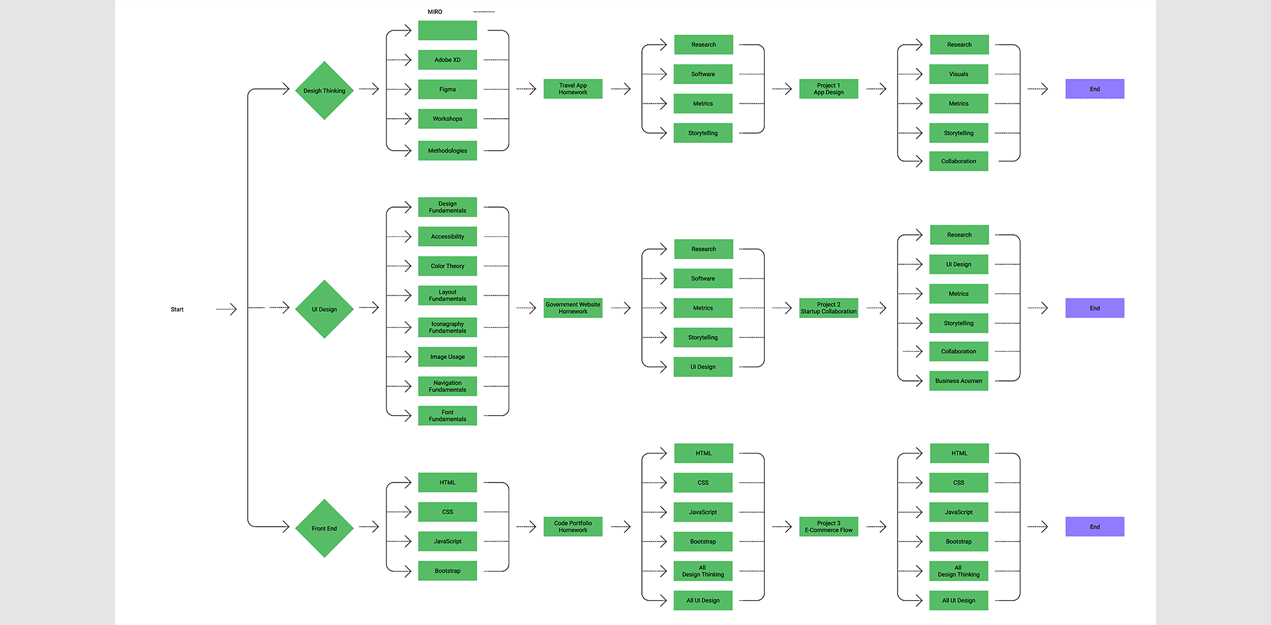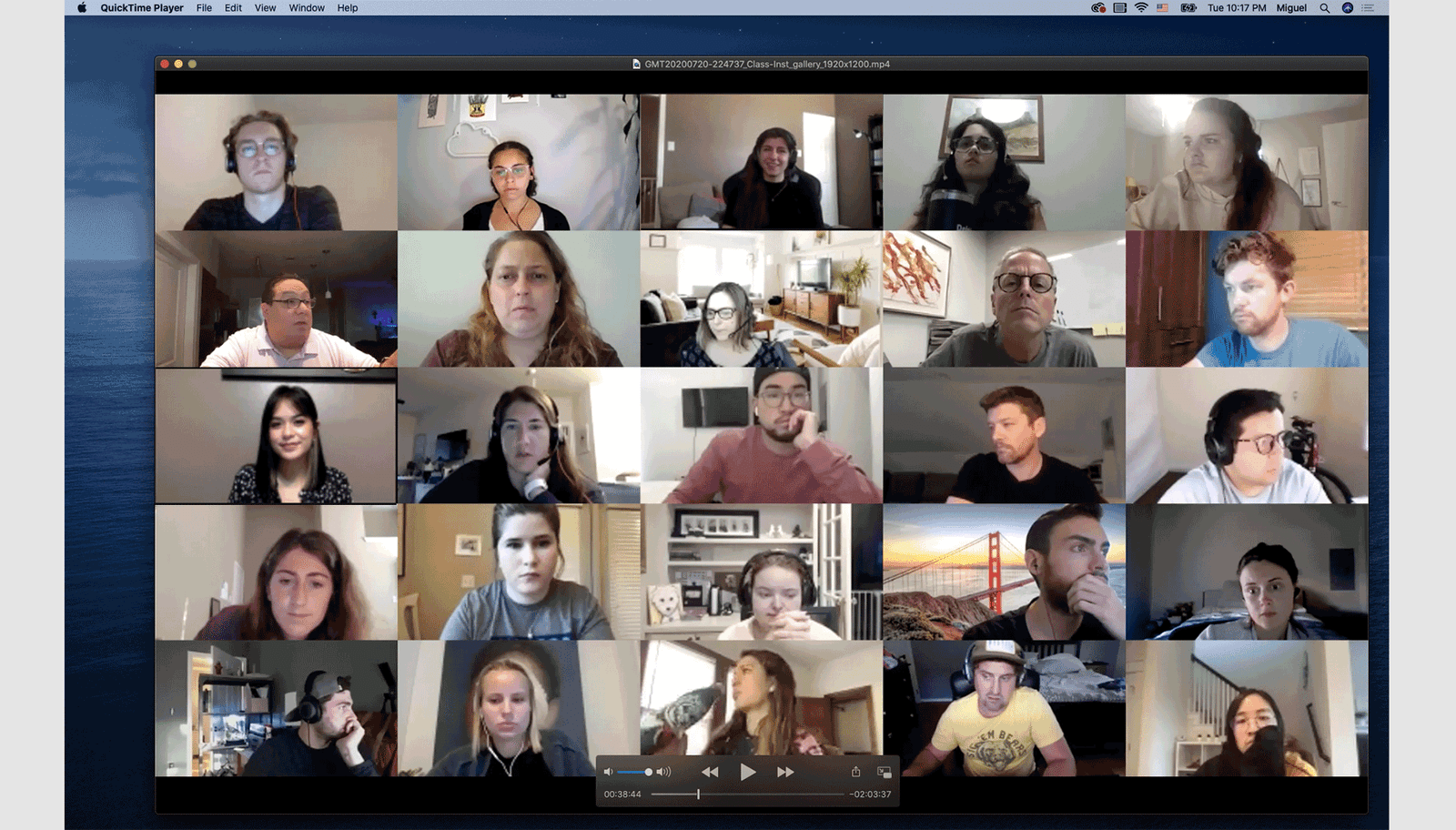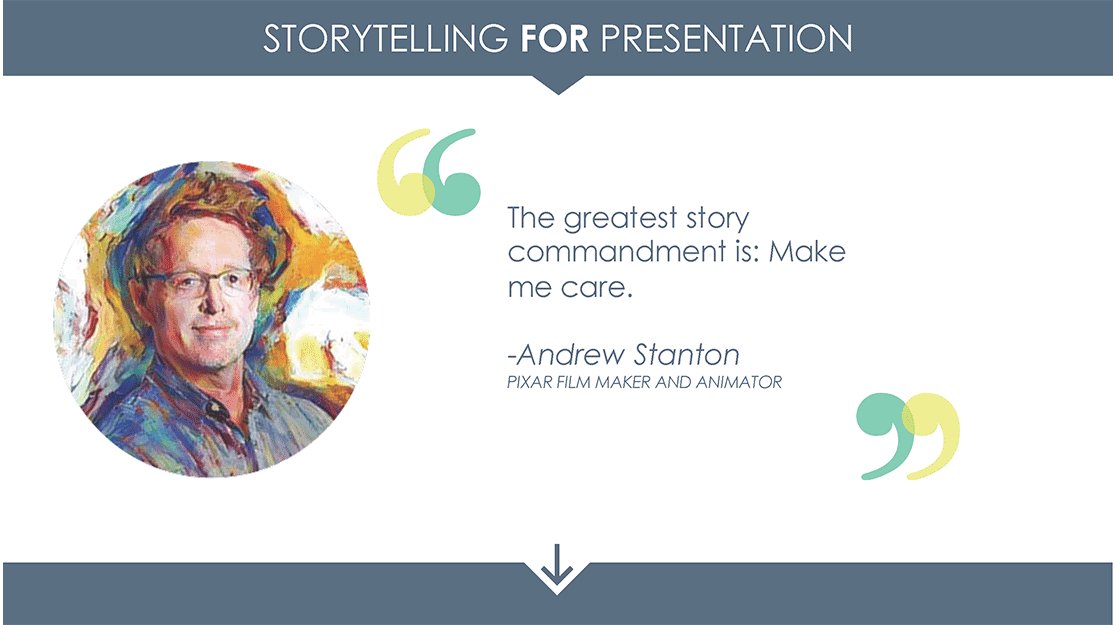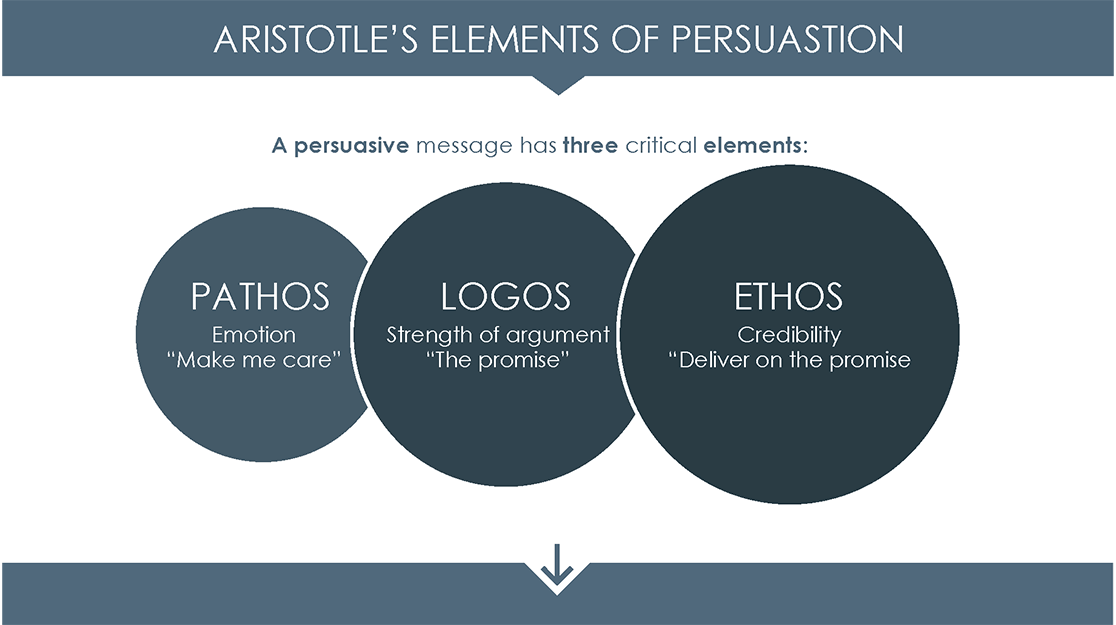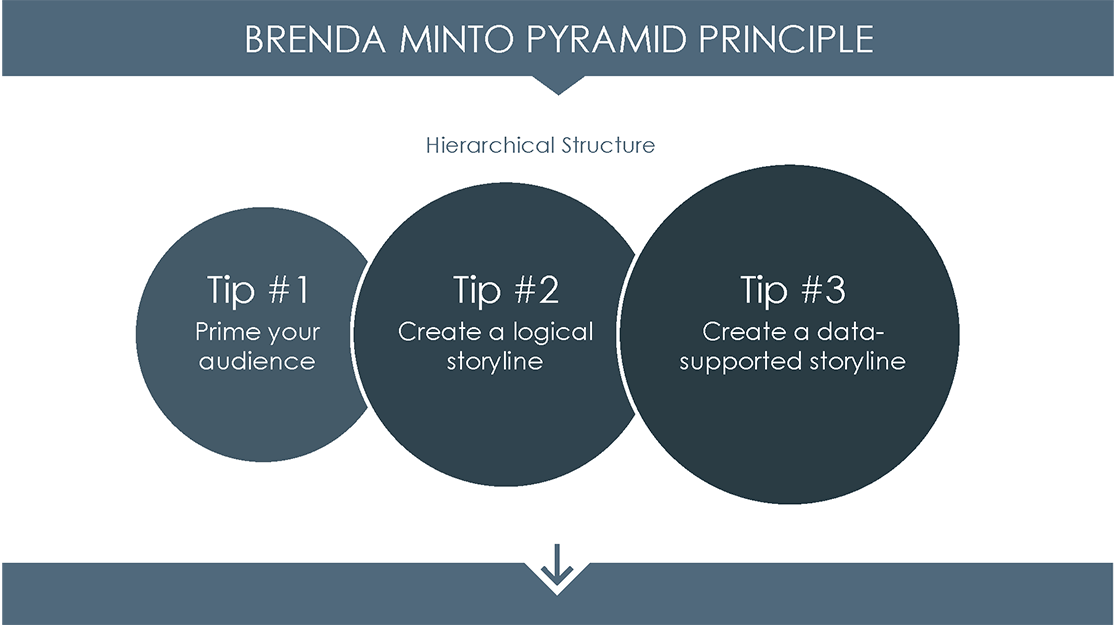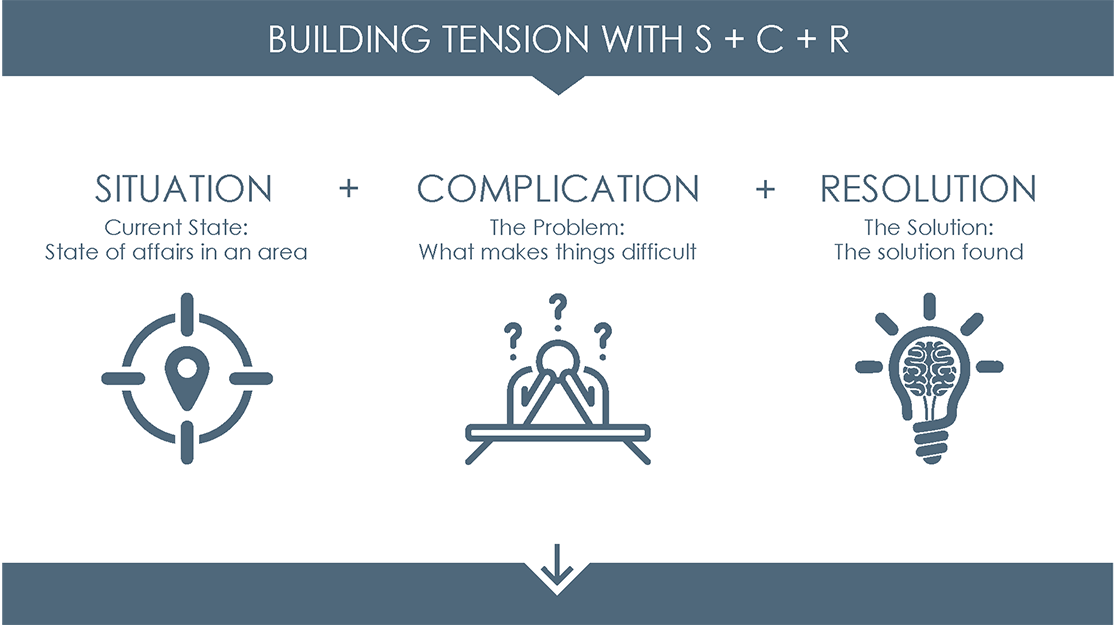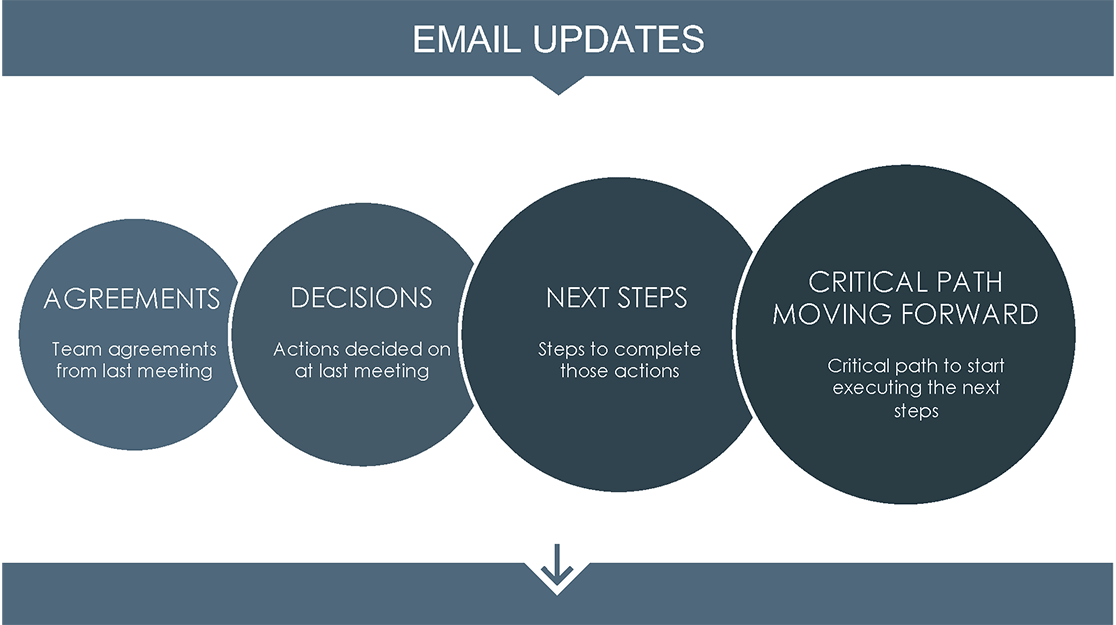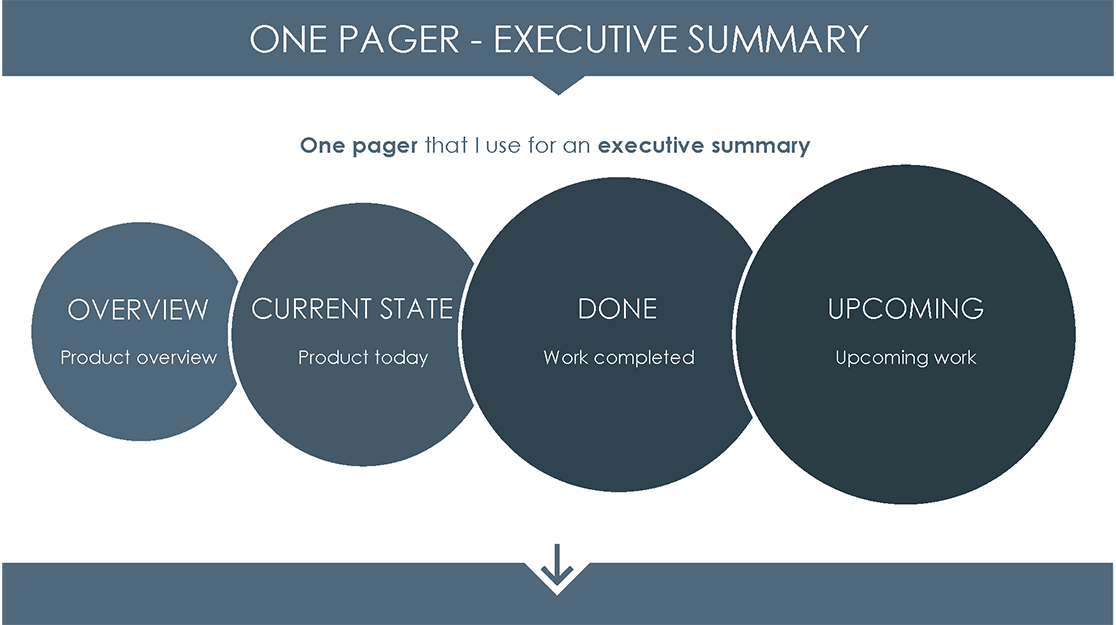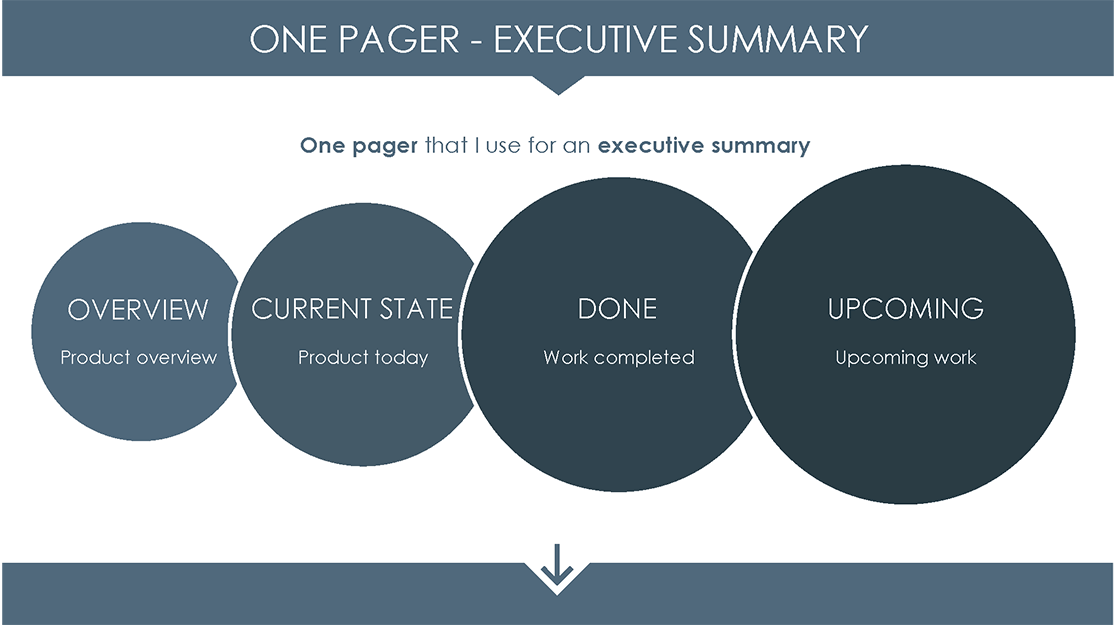
Problem
How might we provide a curriculum to increase revenue for the Bootcamp UX/UI product, provide job ready skills for students, and increase enrollment.
Solution
The solution was to refine the curriculum, teach industry software, teach the business of desgin, and retain students so that the outcomes of increased revenue, increased enrollment and students getting jobs are achieved.
Impact
From 2018 to 2019 there was an increase in revenue of worth an estimated $2.4 million solely at UT, not to include the other schools that kept the UX/UI Bootcamp product as well. based on student retention. During the current cohort 3, which is a much larger cohort, the increase will be quite significant.


